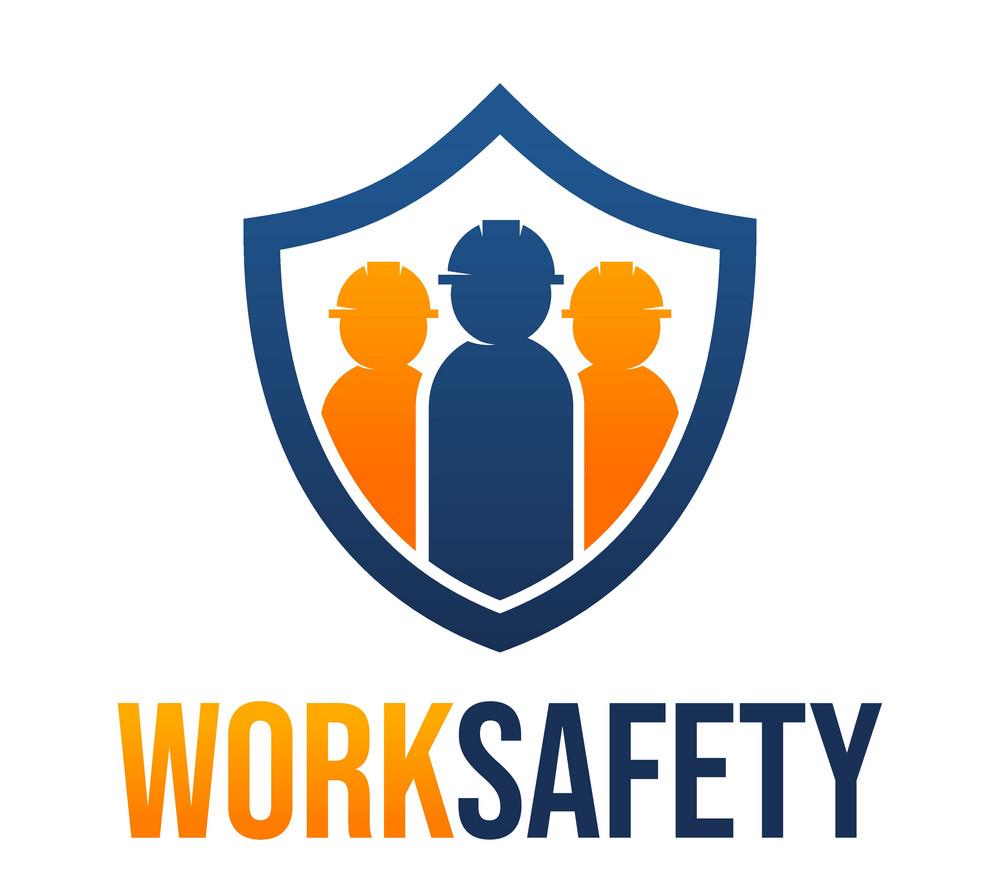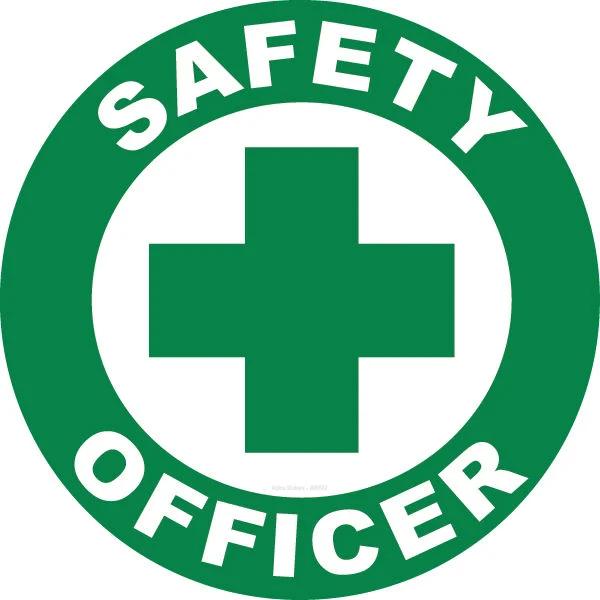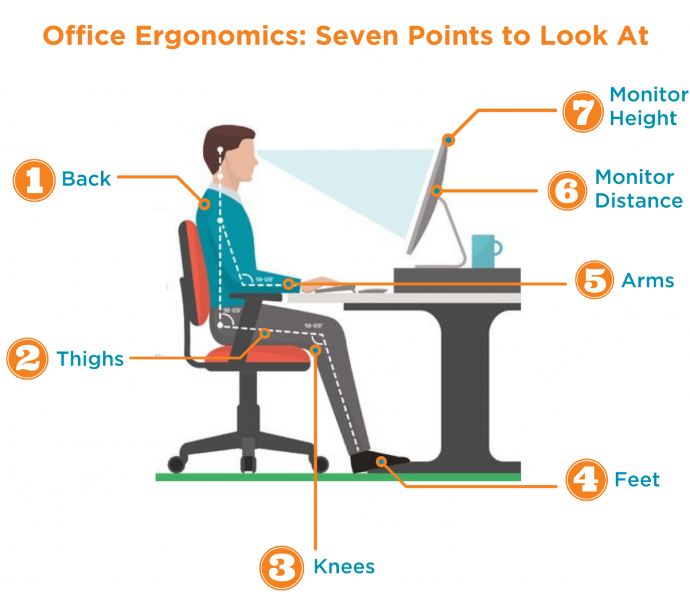XYM Occupational Safety and Health Policy
In Xymbolic, we recognize and accept its health and safety duties for providing a safe and healthy working environment (as far as is reasonably practicable) for all its workers (paid or volunteer) and other visitors to its premises under Republic Act (RA) 11058.
REPUBLIC ACT NO. 11058
An Act Strengthening Compliance with Occupational Safety and Health Standards and Providing Penalties for Violations Thereof
This Act aims to ensure the rights of workers against occupational hazards resulting in injury, sickness, or death. Covered workplaces shall establish an Occupational Safety and Health (OSH) program.

OSH Purpose
To take all reasonably practicable steps to safeguard the health, safety, and welfare of all personnel on the premises.
To provide adequate working conditions with proper facilities to safeguard the health and safety of personnel and to ensure that any work that is undertaken produces no unnecessary risk to health or safety.
To encourage persons on the premises to cooperate with the organization in all safety matters, in the identification of hazards that may exist, and in the reporting of any condition that may appear dangerous or unsatisfactory.
To provide sufficient information, instruction, training, and supervision to enable everyone to avoid hazards and contribute to their own safety and health.
To make, as reasonably practicable, safe arrangements for protection against any risk to the health and safety of the general public or other persons that may arise from the group's or organization’s activities.
To make a suitable and sufficient assessment of the risks to the health and safety of employees and of persons not in the employment of the group or organization arising out of or in connection with the group or organization’s activities.
To provide information to other employers about any risks to which those employers’s workers on the group's or organization’s premises may be exposed.
Duties of Employer
Employer Responsibilities:
- Responsible for providing workers with safe and healthy working conditions and a place that is free from hazardous conditions that can cause physical harm, illness, and death.
- Protect workers from violence, discrimination, and harassment.
- Familiarize his workers with their work environment, hazards, and steps to be taken in case of emergencies.
Safety Committee has a Duty to:
- Regularly inspect the workplace;
- Assist with accident investigations;
- Deal with the health and safety concerns of associates;
- Investigate refusals to work;
Duties of Worker
Your Responsibilities:
- Protect your own health and safety and that of your co-workers.
- Not initiate or participate in the harassment of another worker and cooperate with your supervisor and anyone else.
- Reports unsafe conditions and practices to the supervisor by making suggestions for the correction or removal of accident hazards.
- Cooperate actively with the Health and Safety Committee.
Your Rights:
- The right to know the hazards at work and how to control them;
- The right to participate in occupational health and safety; and
- The right to refuse work that you believe to be unusually dangerous.
The Act requires your employer to provide you with all the information you need to control the hazards you face at work. If you are inexperienced, you must receive an orientation that includes:
- What to do in a fire or other emergency;
- First aid facilities;
- Prohibited or restricted areas;
- workplace hazards; and
- any other information you should know.
You have the right to become involved in occupational health and safety. The Act encourages employers and workers to work together to maintain a healthy and safe workplace.
You have the right to refuse to do work that you believe is unusually dangerous. The unusual danger may be to you or to anyone else. An unusual danger could include such things as:
- a danger that is not normal for your occupation or the job;
- a danger under which you would not normally carry out your job; and/or
- a situation for which you are not properly trained, equipped, or experienced.
To exercise this right, use the following guidelines:
- Once you believe that the work you have been asked to do is unusual or dangerous, you should inform your supervisor.
- Make sure that the supervisor understands that you are refusing to do the disputed job for health and safety reasons.
- Work with the supervisor to attempt to resolve the problem.
If the problem cannot be resolved by the supervisor to your satisfaction, you may contact the safety officer. You also have the right to contact Human Resources at any time.
Do not leave the site without the permission of your employer.
Your supervisor should contact the safety officer and ask them to investigate. They will try to resolve the matter. If they cannot resolve the matter to your satisfaction, they will convene the Occupation Health and Safety Committee for an emergency meeting. The committee will investigate and prepare a report on the refusal.You have the right to continue to refuse until:
- Measures have been taken to satisfy you that the job is now safe to perform; or
- Your Occupation Health and Safety Committee has investigated and ruled against your refusal.
If you disagree with the decision of the committee, you may appeal to Human Resources.
An employer cannot assign another worker to do the disputed job unless the replacement worker is advised in writing:
- of the refusal and the reasons for it;
- of the reasons why the employer believes that the replacement worker can do the disputed job safely;
- that the replacement worker also has the right to refuse; and
- of the steps to follow when exercising this right.
Safety Officer
The safety officer is accountable to Human Resources and is responsible for occupational health and safety performance for all associates in their region at all levels. The safety officer must provide leadership in all aspects of health and safety activities at work or otherwise. The safety officer must take an active role in all aspects of safety within their region.
Duties
- Ensure that all reasonable steps are taken to prevent accidents.
- Be familiar with the Occupational Health and Safety Act, the company policy, and any other Act pertaining to health or safety.
- Ensure all policies and acts are followed by all levels of associates.
- Ensure safety meetings are held and minutes are recorded, posted, and filed. according to occupational health and safety regulations.
- Ensure all accidents are reported and investigated.
- Ensure SDS (Safety Document Sheets) are provided for all hazardous materials. delivered to the workplace and are readily available for associates to review.
- Ensure associates are instructed in the procedures and requirements of occupational health and safety.
- Review all accidents and near misses to determine the root and basic causes, with suggestions or implementation of changes to prevent re-occurrence.

- All accidents, injuries, or near misses, regardless of their nature, shall be promptly reported to the safety officer.
- Clothing shall be appropriate to the duties being performed.
- Running is not permitted except in extreme emergencies.
- Visitors and customers are to be escorted by staff while on company property.
- Hand tools are to be used for their intended purpose only.
- Horseplay, fighting, or tomfoolery is strictly prohibited on premises.
- All spills will be immediately cleaned up and reported.
- Drawers and filing cabinets will be kept closed when not in use.
- Filing cabinet drawers are to be filled from the bottom up, or the cabinet is to be securely fastened or anchored.
- If you are not sure, ask.
- Follow instructions and don’t take chances.
- Wear your personal safety equipment.
- Never operate equipment you have not been trained for.
- Keep your work area clean.
- Avoid injury by lifting correctly. Max weight to be lifted by one person is 75lbs.
- Make sure the job can be done safely.
- Portable ladders must be secured against movement and placed on a stable base; the base of an inclined portable ladder is to be no further from the base of the wall or structure than ¼ of the height to where the ladder contacts the wall or structure.
All accidents that result in injury or property damage or that could have resulted in serious injury or property damage (near miss) must be thoroughly investigated. The investigation must determine the cause of the incident so that appropriate action can be taken to prevent a recurrence. The safety officer shall be responsible for conducting the investigation. The investigation report shall be completed as soon as possible after the incident and reported to the COO. The safety officer and appropriate supervisor shall determine what steps are to be taken to prevent a recurrence. Any disputes arising from the investigation will be investigated and arbitrated by Human Resources.
- It is the responsibility of all associates to ensure an alcohol- and drug-free environment.
- If there is any awareness or suspicion that any associate, supplier, or visitor is under the influence of illegal narcotics or alcohol, they will be removed from the premises. immediately.
- Should an associate report to work while under the influence of such substances, the associate will be taken home either in a cab or by the regional manager.
This is a zero-tolerance policy.
Whenever possible, warning signs will be displayed where a potential hazard may cause injury. Warning signs must be strictly adhered to. Warning signs must be posted where hazards exist and must not be removed unless the hazard has been controlled.
Good Office Ergonomics
If your work involves sitting at a desk, discomfort doesn't have to be part of the job. You may be able to avoid some of the health problems associated with seated work, such as neck and back pain and sore wrists and shoulders, by using proper office ergonomics. Chair height, equipment spacing, and desk posture all make a difference.
Use this guide to ease stress on your body, protect your joints, and help you stay comfortable as you work.

Back
Your back should be in full contact with the back of the chair. Yes, that does mean you have to sit all the way back in the seat. No perching on the front edge of your seat! (Do as we say, not as we do.) The chair’s lumbar support should sit in the natural curve of your back. This helps lift your posture and takes pressure off your lower back.
Hips and Thighs
Your thighs should be approximately parallel to the floor. This ensures proper circulation in your legs. Your hips should be slightly higher or even with your thighs—about a 95- to 110-degree angle. Your hips should never be lower than your legs.
Knees
When you’re sitting with your back against the back of the chair, there should be only one to two inches of space between the front of the seat and the back of your knees. Anything more than that will allow your knees to droop and cut off circulation to your legs and feet.
Feet
Once all of the other adjustments have been made (your knees are at the right angle, your arms rest comfortably at the right height, and your eyes meet your monitor at the correct angle), your feet should sit flat on the floor.
Arms
Your arms should rest comfortably on the arm rests. When you use your keyboard, your arms should be at a 90-degree angle or even slightly downward. (Yes. That does mean that you shouldn’t be using those little feet on the bottom of your keyboard.) This will help reduce shoulder and neck strain.
Monitor Distance and Monitor Height
When you’re seated comfortably in your chair and pulled up to your desk, your monitor should be about an arm’s length (18” to 22”) away from your body. If it’s any farther away than that, your eyes may have to strain to read easily. The top third of your monitor should be at or slightly below eye level. This will keep your neck in proper alignment for comfort.